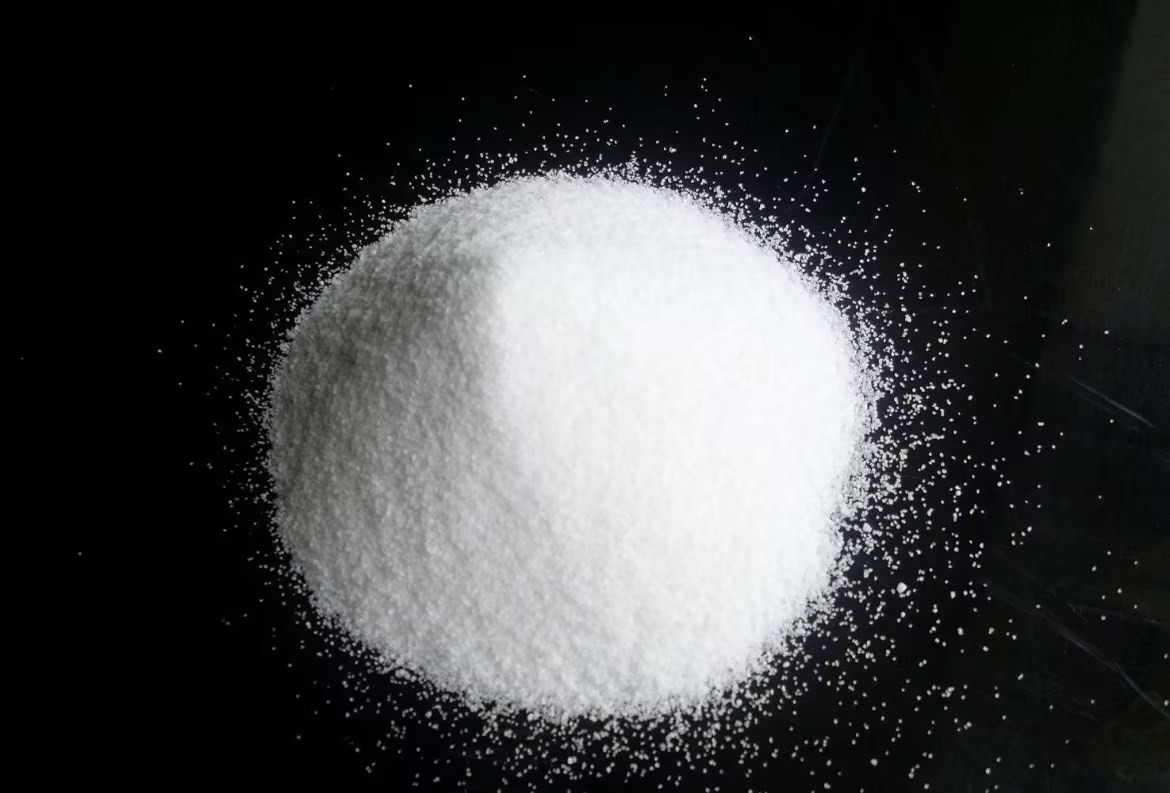The dispersibility of hydrophilic white carbon black is one of the key factors affecting its performance in water-based coatings. The following are the specific methods and advantages of dispersing hydrophilic white carbon black in coatings:
product link:
https://www.iotasilica.com/product-fumed-silica-iota-hl4150.html
1. Dispersion method
The dispersion of hydrophilic white carbon black needs to be achieved through a combination of physical and chemical methods to ensure its uniform distribution in the coating system.
(1) Preprocessing
Before dispersion, hydrophilic white carbon black usually requires surface pretreatment. Through surface modification techniques, such as introducing hydrophilic functional groups (such as hydroxyl, carboxyl, etc.), its compatibility with aqueous systems can be enhanced. In addition, adding an appropriate amount of surfactants or dispersants (such as polyethylene glycol, sodium polyacrylate, etc.) can further improve its dispersibility.
(2) Mechanical dispersion
Mechanical dispersion is an important means to achieve uniform distribution of hydrophilic white carbon black. Common mechanical dispersion methods include:
High speed stirring: Hydrophilic white carbon black is dispersed in the coating matrix through high-speed stirring equipment such as dispersers and sand mills.
Ultrasonic dispersion: Using high-frequency vibration of ultrasonic waves to break the agglomeration of white carbon black particles and evenly disperse them in the coating.
Grinding: Through the grinding process, hydrophilic white carbon black is ground to nanoscale particles, further improving its dispersibility.
 2. Advantages after dispersion
2. Advantages after dispersion
The uniform dispersion of hydrophilic white carbon black in coatings can significantly improve the performance of coatings:
(1) Enhance adhesion
The surface of hydrophilic white carbon black is rich in hydrophilic functional groups, which can form good chemical bonds with the coating substrate, thereby enhancing the adhesion between the coating and the substrate.
(2) Improve stability
The high specific surface area and porous structure of hydrophilic white carbon black enable it to adsorb pigment particles, prevent pigment precipitation and aggregation, thereby improving the stability of coatings.
(3) Improve rheological properties
Hydrophilic white carbon black can regulate the rheological and thixotropic properties of coatings, increase the viscosity of coatings, improve their uniformity and stability, and reduce the foaming and dripping phenomena of coatings during construction.
(4) Enhance weather resistance
The chemical stability of hydrophilic white carbon black enables it to maintain its performance under complex environmental conditions, and enhance the weather resistance and anti-aging ability of the coating.
3. Precautions in practical applications
In practical applications, the dispersion of hydrophilic white carbon black needs to be optimized according to the specific formula and process of the coating. For example:
Addition order: It is recommended to mix hydrophilic white carbon black with dispersant first, and then add it to the coating matrix to improve dispersion efficiency.
Dispersion time: The mechanical dispersion time needs to be adjusted according to the equipment and coating system to avoid excessive dispersion leading to particle breakage.
Environmental control: The temperature and humidity during the dispersion process also need to be strictly controlled to ensure the dispersion effect.
 conclusion
conclusion
The dispersion of hydrophilic white carbon black in water-based coatings is a key step in improving coating performance. By surface modification, mechanical dispersion and other methods, it is possible to achieve uniform distribution in the coating system, thereby significantly enhancing the adhesion, stability, rheological properties and weather resistance of the coating. With the continuous advancement of technology, the application of hydrophilic white carbon black in coatings will become more widespread.

